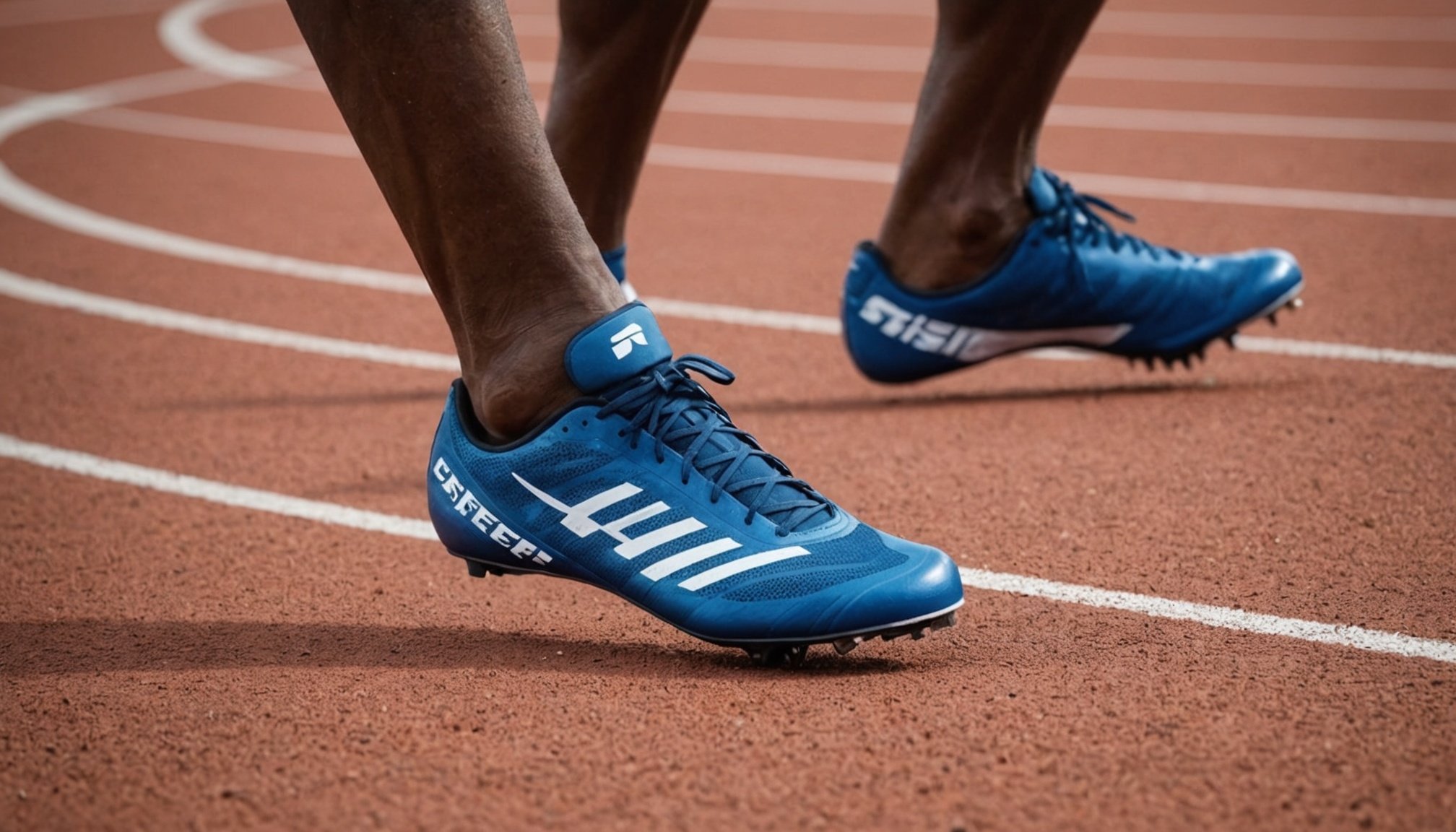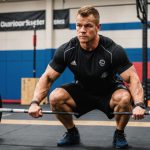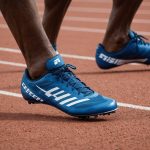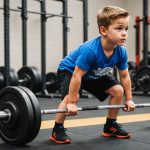Key Technical Factors to Consider When Designing Custom Footwear for Elite Sprinters
When it comes to designing custom footwear for elite sprinters, several key technical factors must be carefully considered to ensure optimal performance, comfort, and injury prevention. Here’s a detailed look at the crucial elements involved in this process.
Understanding the Needs of Elite Sprinters
Elite sprinters require footwear that is tailored to their specific needs, which include enhanced performance, superior comfort, and robust injury prevention. Here’s what Dathan Ritzenhein, a retired American long-distance runner, has to say about the importance of footwear:
This might interest you : Top Nutrient-Packed Recovery Foods for Ultramarathon Athletes: Fuel Your Performance
“Most of our new shoes have the channels filled in on the bottom – try the Hypermonster; it’s an amazing shoe and you won’t regret it However, for me, I only run in carbon shoes due to a big toe joint arthritic problem, which I wouldn’t recommend to the average person though!”.
This highlights the importance of personalized footwear, especially for athletes with specific health conditions.
Also read : Ultimate Nutrition Guide: Key Tips for Fueling Long-Distance Swimmers During Training
Shoe Design and Materials
The design and materials used in the construction of running shoes are critical for elite sprinters.
Upper Material and Breathability
The upper material of the shoe should provide excellent breathability to keep the foot cool and dry during intense sprinting sessions. For example, the Nike Pegasus 41 features a dual-layer mesh upper that offers impressive ventilation, earning a 4/5 breathability rating in lab tests.
Key Features of Breathable Uppers:
- Dual-layer mesh: Allows for unhampered airflow.
- Lightweight materials: Reduces overall shoe weight without compromising durability.
- Moisture-wicking properties: Keeps the foot dry and comfortable.
Midsole and Cushioning
The midsole is another vital component, providing the necessary cushioning and support. The ASICS Gel Kayano 31, for instance, features a midsole with PureGEL technology, which delivers pillowy landings and is 27.1% softer than average.
Midsole Considerations:
- Cushioning material: Should be responsive and provide adequate shock absorption.
- Stack height: Higher stack heights can offer more cushioning but may affect stability.
- Drop: The heel-to-toe drop should be suitable for the sprinter’s running mechanics.
Stability and Support
Stability and support are essential for sprinters, especially those who are heel strikers.
Stability Features
The ASICS Gel Kayano 31 incorporates a 4D Guidance System, which includes soft foam under the arch to deliver custom support. Additionally, it has sidewalls and a vast landing base to secure landings safely.
Stability Enhancements:
- Guidance systems: Custom support under the arch.
- Sidewalls and landing base: Ensure secure and balanced landings.
- Rocker and bevel design: Encourages faster leg turnover and smoother transitions.
Customization and Personalization
Customization is key when it comes to elite sprinters. Here’s how VKTRY Gold Performance Insoles, made from 100% aerospace-grade carbon fiber, can be tailored to individual athletes:
VKTRY Insoles
VKTRY Gold Insoles are designed to be highly personalized based on age, body weight, and sport. They come in five levels of flexibility and are engineered to elevate athletic performance by returning energy, helping athletes run faster and jump higher.
Customization Options:
- Age and body weight: Insoles are tailored to meet the specific needs based on these factors.
- Sport-specific: Designed for various sports, including football, baseball, and lacrosse.
- Arch support: Precision-tailored to provide improved arch support and comfort.
Injury Prevention
Injury prevention is a critical aspect of footwear design for elite sprinters.
Common Injuries and Prevention
VKTRY Gold Insoles have been proven to reduce the risk of common foot and lower leg injuries. Studies show that athletes using VKTRY Insoles experienced 41% fewer foot and toe injuries and 22% fewer lower leg injuries.
Injury Prevention Strategies:
- Shock absorption: High-quality materials like carbon fiber help in absorbing shock.
- Support and stability: Customized arch support and stability features reduce the risk of injuries.
- Proper Fit: Ensuring the shoe fits well and does not cause friction or pressure points.
Performance Enhancement
The right footwear can significantly enhance a sprinter’s performance.
Energy Return and Explosiveness
VKTRY Gold Insoles are designed to return energy to help athletes run faster and jump higher. Independent testing shows that athletes wearing VKs see a 9.3% increase in overall explosiveness, 1.6-inch higher vertical jumps, and 0.12-second faster 40-yard dash times.
Performance Enhancement Features:
- Energy return technology: Materials like carbon fiber help in returning energy.
- Lightweight construction: Reduces overall weight without compromising performance.
- Cushioning and support: Balanced cushioning and support ensure optimal performance.
Practical Insights and Actionable Advice
Here are some practical insights and actionable advice for designing and choosing the right footwear for elite sprinters:
Consult with Experts
Consulting with experienced athletes and coaches can provide valuable insights. Dathan Ritzenhein emphasizes the importance of staying healthy and using the right gear:
“Adding mileage is important, but staying healthy is even more important. Spending time foam rolling and doing foot, ankle, and hip exercises are very important.”.
Use Advanced Technology
Utilizing advanced technology in footwear design can make a significant difference. For example, the Nike V3 features a spoon-shaped FlyPlate in the forefoot to encourage faster leg turnover and sustain speed with less effort.
Consider Running Mechanics
Understanding the sprinter’s running mechanics is crucial. For instance, heel strikers may benefit from shoes with higher heel-to-toe drops, while mid-to-forefoot strikers may prefer lower drops.
Comparative Analysis of Running Shoes
Here is a comparative analysis of some top running shoes, highlighting their key features:
| Shoe Model | Breathability | Cushioning | Stability | Weight | Suitable For |
|---|---|---|---|---|---|
| Nike Pegasus 41 | 4/5 | New ReactX foam | Several stability enhancements | Moderate | Heel strikers |
| ASICS Gel Kayano 31 | Good | PureGEL technology | 4D Guidance System | 10.4 oz (295g) | Heel strikers, long distances |
| Nike V3 | 5/5 | ZoomX cushioning | Enhanced stability | Light | Longer races (10K+) |
| VKTRY Gold Insoles | N/A | N/A | Custom support and stability | Light | Various sports, competitive athletes |
Designing custom footwear for elite sprinters is a complex process that involves careful consideration of several technical factors. From the choice of materials and design features to customization and injury prevention, each aspect plays a crucial role in enhancing performance and ensuring comfort.
By understanding the specific needs of elite sprinters and leveraging advanced technology, designers can create footwear that not only meets but exceeds the expectations of these athletes. Whether it’s through the use of carbon fiber insoles or the incorporation of innovative cushioning systems, the right footwear can make all the difference in achieving peak performance.
As Dathan Ritzenhein aptly puts it, “HR training is valuable, but variable. Fatigue status and hydration will play a big role. So, we often use an RPE scale.” This emphasis on variability and adaptability is key when designing footwear that must perform under diverse conditions and meet the unique needs of each athlete.











